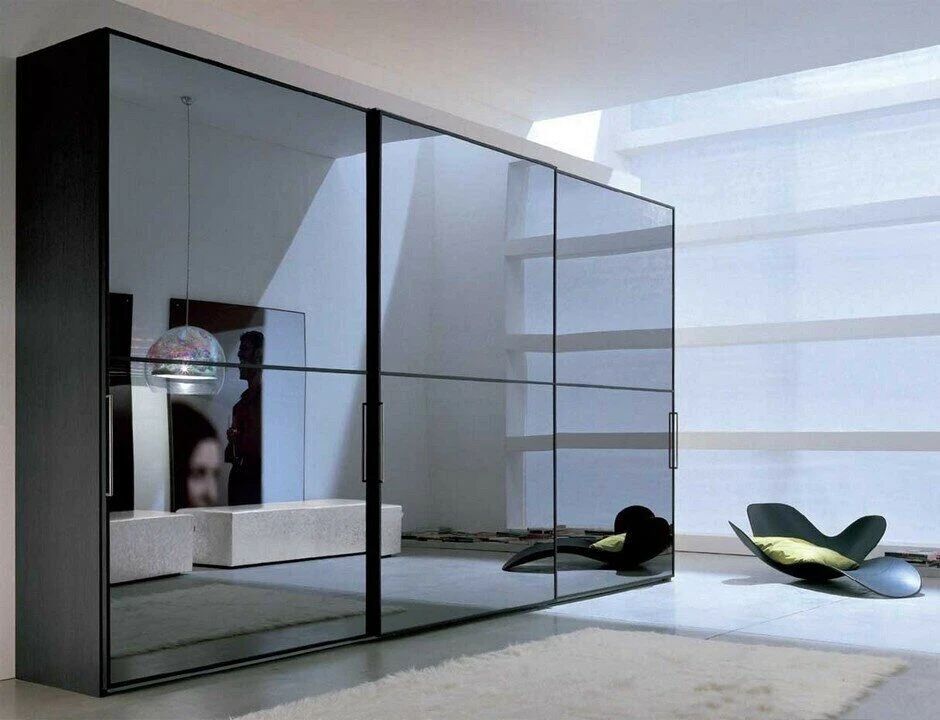

Understanding the Cost of Insulated Glass Units
Insulated glass units (IGUs) are a crucial component in modern building construction and renovation. These units, composed of two or more glass panes separated by a space filled with air or gas, are designed to improve energy efficiency by reducing heat transfer between the interior and exterior of a structure. Understanding the cost of insulated glass units is essential for homeowners, builders, and architects alike, as several factors influence their pricing.
Factors Affecting IGU Costs
1. Type of Glass The type of glass used in an IGU can significantly affect its cost. Standard clear glass is typically the least expensive option, while low-emissivity (Low-E) glass, which reflects heat and UV rays, can be more costly but offers better energy efficiency. Specialty glasses, such as tempered or laminated glass, can further increase costs due to their enhanced safety features and manufacturing processes.
2. Gas Fill The space between the panes can be filled with air, argon, krypton, or other gases. Argon is the most common and cost-effective gas; however, krypton offers even better thermal performance at a higher cost. The choice of gas affects both the initial cost and the long-term energy savings.
3. Frame Material The framing around the glass unit also impacts the overall price. Vinyl frames are generally more affordable and provide good insulation, while wood frames, which offer aesthetic appeal, can be more expensive. Aluminum frames are durable but may not provide the same level of insulation unless they are thermally broken.
4. Size and Thickness The dimensions and thickness of the glass panes influence the cost of IGUs. Larger units or those with increased thickness for soundproofing or structural integrity will generally be more expensive. Custom sizes can incur additional manufacturing fees.

5. Installation Costs Beyond the price of the IGU itself, installation costs should also be considered. Hiring a professional installer is advisable for optimal performance and compliance with building codes. Installation costs can vary based on complexity, location, and the contractor's rates.
6. Quantity of Units Purchasing in bulk often leads to savings per unit. Therefore, if a homeowner or builder requires multiple IGUs for a project, it’s wise to shop around for manufacturers or distributors that offer significant discounts for larger quantities.
Average Costs
As of 2023, the average cost of insulated glass units ranges from $100 to $300 per unit, depending on the factors discussed. Standard double-paned units typically cost less than triple-paned alternatives due to the additional glass and gas fill. High-performance units with Low-E glass can range from $150 to $600, reflecting their enhanced energy efficiency.
Conclusion
When considering insulated glass units for a project, it is vital to evaluate not just the upfront costs but also the long-term energy savings and benefits they provide. Investing in higher quality IGUs may result in higher initial expenditures, but can lead to reduced heating and cooling costs over time, improved comfort, and a more sustainable building choice. By understanding the factors that influence the cost of insulated glass units, consumers can make informed decisions that align with their budgets and energy efficiency goals.